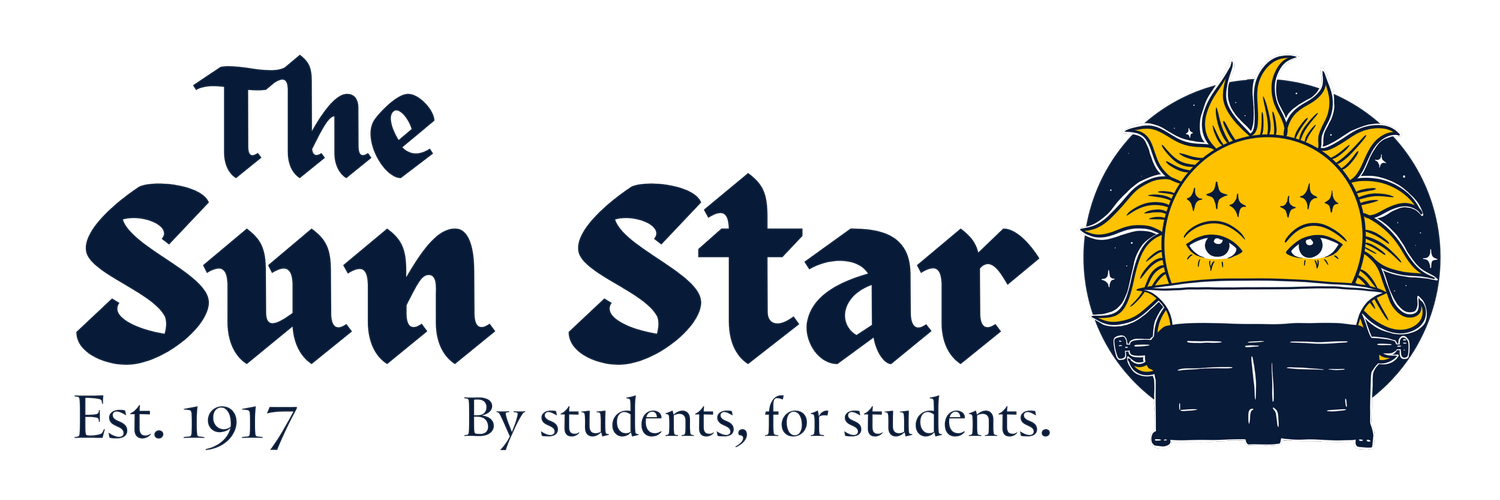AK Native nonprofit CEO discusses leadership
By Jonathan Wasilewski
On the evening of October 23, Melanie Bahnke, President and CEO of Kawerak, Inc., an Alaska Native tribal nonprofit, delivered a talk as part of the ongoing Arctic Leadership Series about Alaska Native perspectives and history, challenges incited by Western contact, Typhoon Halong’s major impacts on her community, how to become a great leader, and her own personal story.
Melanie Bahnke, President and CEO of Kawerak, Inc., talks to a Zoom audience of students, facility, and the general public on Thursday, October 23, 2025.
Bahnke was born on St. Lawrence Island in the Bering Sea, which speak St. Lawrence Island Yupik, also called Siberian Yupik, a Yupik language separate from mainland Central Yup'ik. She explained that the people living there before Western contact were innovative and resourceful, mustering up strength and courage to face many challenges. Although the days of pre-contact are now long gone, Bahnke’s achievements illustrate her people’s resilience.
Bahnke started at Kawerak, Inc. in 1999. She is a former UAF student, and was promoted to be the president of Kawerak in 2012. Using her authority, she is able to promote the needs of the Bering Strait Region.
One major aspiration of the company for its people to be understood by Alaska and the U.S. Federal Government. Bahnke firmly noted the prevalence of power and money for environmental protection of the area, but also the disregard of protection for Alaska Native people.
“We’ve got the extreme ENGOs [environmental non-governmental organizations] on one hand that want everything locked up, but also, on the other hand, the ‘drill, baby, drill’ people that want to do so regardless of the environment. Where in there do Indigenous people fall?” she said.
Moreover, she asserted that Indigenous people should not be forgotten about, especially when it comes to making decisions affecting them.
“Don’t forget there are people living here. Do not be making decisions about us without us,” she said.
One of Bahnke’s examples of decisions being made without Indigenous people’s input was forced settlement instead of nomadic lifestyles. Then, all these years later, Typhoon Halong hit and irrevocably damaged their permanent settlements.
Alaskan Natives are continuing to face a plethora of challenges. Aside from fish and game shortages due to regulations from the federal government and natural disasters, Bahnke asserted that five villages in her region do not have access to clean water or sewers. In order to be eligible for funding for these systems, there must be a certified water and sewer operator in the village, which these villages do not have.
“The systems are designed to keep the oppressed oppressed,” Bahnke said.
However, Bahnke was adamant there is hope on the horizon for Alaska Native people.
As an analogy, Bahnke explained that Alaska Natives will start driving a bus after just being allowed a seat. Their persistence is shown in modern statistics.
“Native corporations currently make up over 20% of Alaska’s GDP,” she said.
Bahnke is hopeful for the future because the public has renewed her own strength. She calmly asserts, “Public safety and security should always be #1, but #2 should be the people who live in the region.”
This story was updated to reflect St. Lawrence Island people speak St. Lawrence Island Yupik rather than a dialect of the Alaskan Native language Yup’ik.


